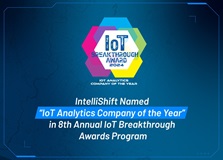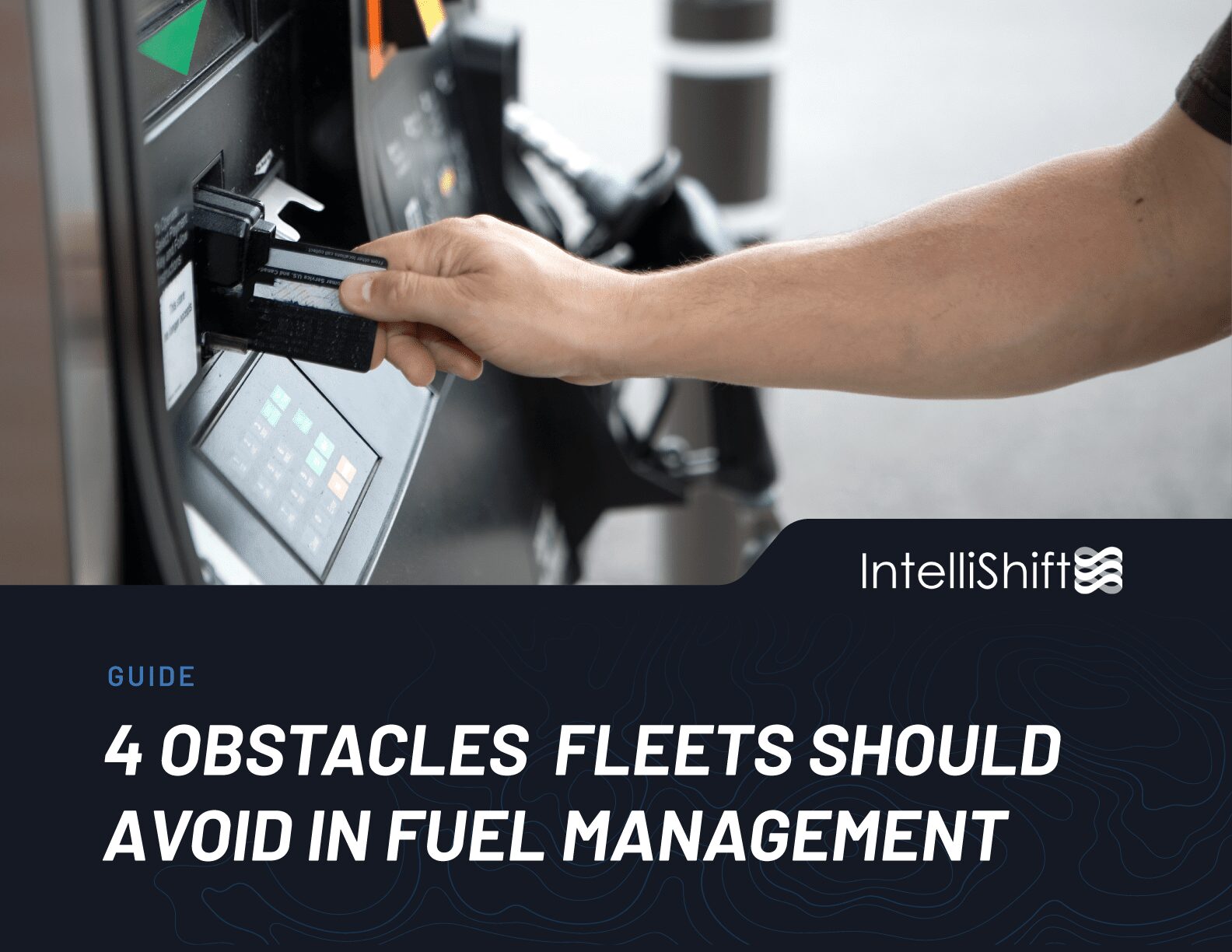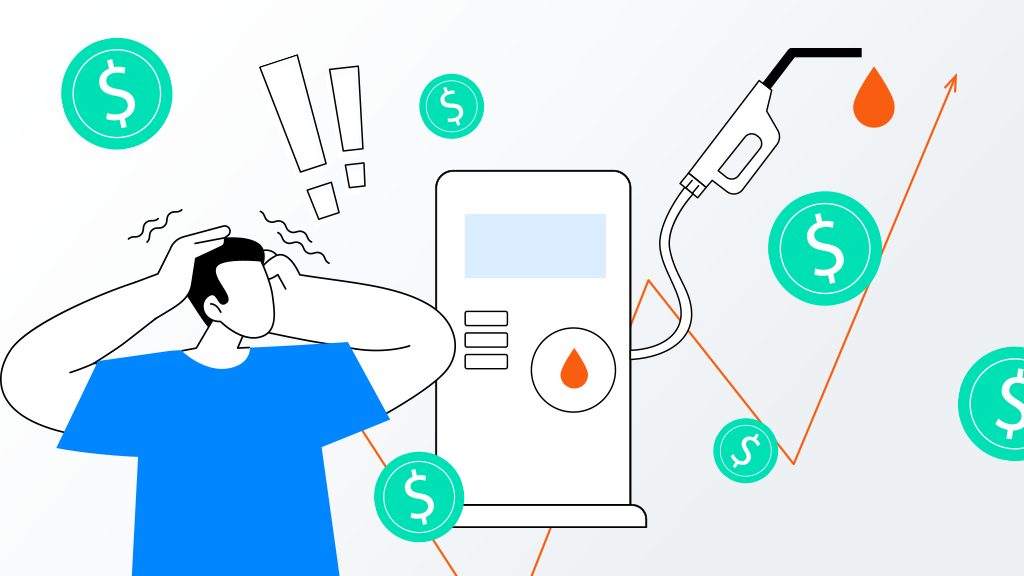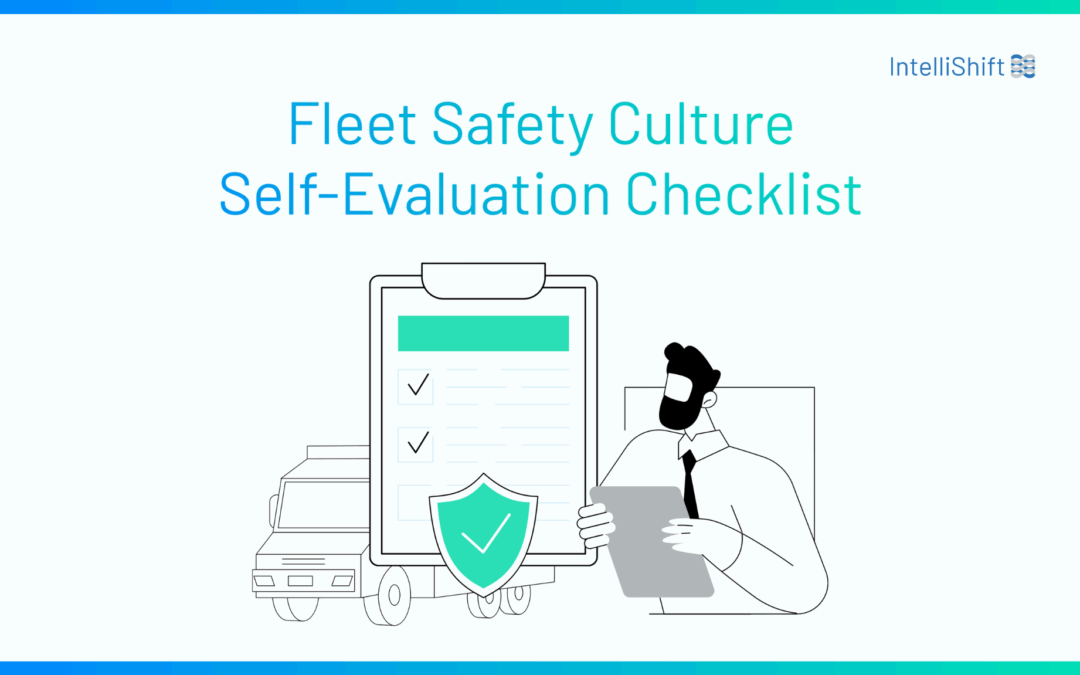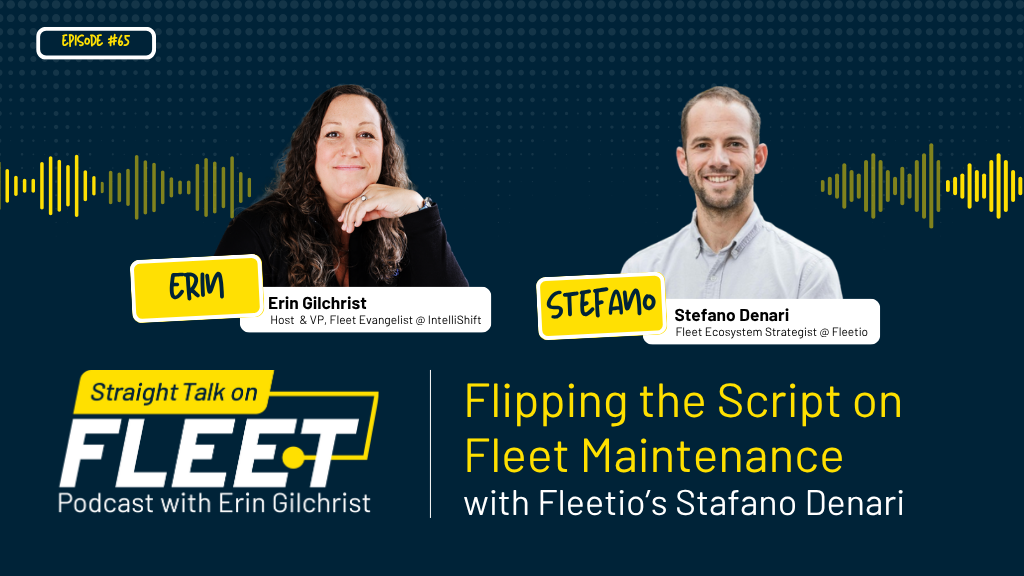In fleet management, every asset is valuable to operational efficiency. Therefore, knowing location, condition, and usage at any point in time is critical. Asset tracking, both in terms of physical assets and software, is key in streamlining operations, reducing costs, and enhancing security. In this blog post, we’ll explore what asset tracking is, why it’s important, and how it can transform your fleet management.
What is Asset Tracking?
Asset tracking is a comprehensive system designed to monitor and manage an organization’s physical assets, such as vehicles, equipment, or inventory. It uses technology like GPS, RFID, or barcoding to provide real-time data on the location, condition, and utilization of assets.
How to Know When You Need Asset Tracking
The need for asset tracking often becomes apparent when a series of major challenges begin to arise. Here’s how to recognize when you need to prioritize implementing asset tracking and start saving time, money, and stress.
- Asset theft and loss
- Inefficient asset utilization
- Maintenance delays leading to equipment breakdowns
- Limited visibility into asset lifecycles
- Compliance and regulatory challenges
Stats show that employees spend 30 minutes a day retrieving information. What could your fleet accomplish if you saved them that time with asset tracking?
Why is Asset Tracking Important?
The Costs of Not Tracking Assets
- 48% supply chain risk events involve the theft of a heavy motor vehicle
- 250+ pieces of heavy equipment stolen in the US every week
- 39% increase in cost per mile to move assets off a job site for repairs
Fleet Operations Depend on Asset Tracking
- Asset tracking minimizes theft through real-time monitoring and alerts
- It optimizes asset utilization by identifying underused or idle assets
- Preventive maintenance schedules ensure assets are always in working order
- Detailed records provide insights into asset lifecycles, aiding in strategic decision-making
- Compliance is streamlined through accurate record-keeping and reporting
Assets That Can be Tracked and Provide Data
The great thing about asset tracking is that the possibilities are almost endless. While bigger items like yellow iron, trailers, and vehicles may come to mind, the principle can extend to generators, portable restrooms, and electronic signage.
Data points collected from these assets can include (but not limited to) location, odometer, miles per gallon, and diagnostics as appropriate. Further, integrations with leading OEMs such as Ford, CAT, JD, and Komatsu, allow for additional data to be collected.

What is Asset Tracking Software
Asset tracking software is a digital tool that empowers fleet managers to transition from paper-based systems to efficient digital solutions. It enables the creation of a digital inventory of fleet assets, including vehicles, equipment, and personnel. With real-time location tracking and maintenance scheduling, you can monitor asset locations, optimize maintenance, and enhance asset utilization.
This software offers a range of benefits, such as cost management by providing insights into total ownership costs, compliance and reporting features for regulatory adherence, and enhanced security through theft prevention measures. It also integrates seamlessly with other software systems, simplifying workflow management. User-friendly interfaces make data input and access straightforward, irrespective of technical expertise, while scalability ensures it can adapt to fleet growth.
Transitioning to asset tracking software from paper-based systems enhances fleet management by providing real-time insights into asset locations, maintenance needs, and usage patterns. This data-driven approach helps in informed decision-making, reducing operational costs, and boosting overall efficiency and security. The move to digital asset tracking is a transformative step for fleet managers seeking to modernize and streamline their operations.
How Does Asset Tracking Software Work?
Asset tracking software complements physical asset tracking by providing a digital platform to manage and analyze asset data, enhancing efficiency and decision-making. Tracking assets hardly scratches the surface on the value that can be added to operations. If you are already using technology to do so, you could be experiencing:
- Data overload from tracking multiple assets
- Inability to access real-time information
- Manual data entry leading to errors
- Difficulty in generating actionable insights
When you implement asset tracking software, you centralize data, making it easier to manage large asset inventories. Your updates are real-time and provide instant access to asset information. The data that is entered is automated and reduces errors, not to mention saves time. Last, but certainly not least, advanced analytics turns raw data into actionable insights.
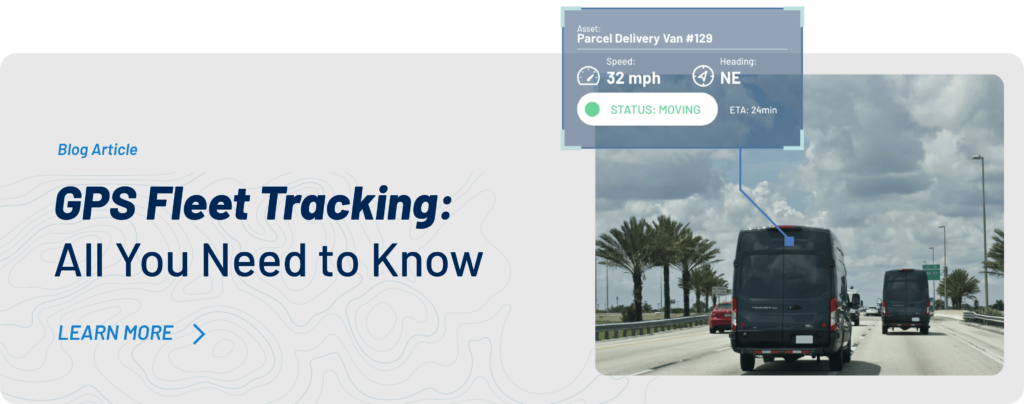
Advance Asset Tracking Capabilities
Effortless Asset Management through Custom Map Views
Gain an instant overview of your critical assets with the power of custom map views. Our innovative system allows you to access specific asset information at multiple levels of detail, all within a single screen. Whether you need to sort assets by regions, states, or job sites, our configurable map views make it a breeze.
Enhance Asset Tracking with Geofencing
Leverage the precision of geofencing to superimpose an asset’s location onto active job sites or regions. As soon as an asset deviates from its designated area, receive instant alerts. Geofences offer an automated way to monitor your assets in alignment with your field operations.
Unparalleled Compatibility for Diverse Fleets
With IntelliShift gateways, we offer support for assets in a diverse fleet, regardless of their size, power source, or intended use. Whether it’s a solar-powered tracker or satellite-connected equipment, if it’s valuable to your business, you can effortlessly track its location and utilization details.
Actionable Insights with Maintenance and Fuel Data
Access crucial utilization insights by simply hovering over each asset in the field. Uncover maintenance histories and fuel consumption records, providing you with valuable information on asset health. Easily identify overuse patterns and assets overdue for servicing.
Proactive Asset Security Measures
Stay one step ahead of potential theft with our automatic anti-theft alerts. Set up notifications to be instantly informed when an asset is unexpectedly moved or operated away from a job site. Ensure the security of your assets even when traditional job site security measures fall short.
4 Ways IntelliShift Asset Tracking can Guarantee ROI
Get Real-Time Location
IntelliShift tracks any powered or non-powered asset, large or small, to offer the most reliable real-time GPS location data and enable faster and smarter allocation of your assets.
Eliminate Unnecessary Leases and Rentals
Utilization reporting shows how, when, and where your assets are being used. Get the right equipment where it’s needed most.
Protect Investments in the Field
With location monitoring, geofences, and custom alerts, you can track and retrieve lost or stolen equipment and protect your assets.
Boost Asset Lifespan
Up-to-the-minute data on asset utilization provides insight into how hard you’re using your equipment, empowering you to schedule preventive maintenance before issues arise.
Strengthen Fleet Intelligence
IntelliShift seamlessly integrates asset tracking into your fleet management, providing you with real-time visibility into your assets’ location, usage, and maintenance needs. With this level of insight, you can make informed decisions to improve efficiency and reduce costs.
Integrate into Operations
IntelliShift’s platform ensures that asset tracking is not an isolated process but a vital component of your daily operations. This integration streamlines workflows, enhances asset utilization, and contributes to a more secure environment. Further, IntelliShift offers partner integrations with OEMs that will super-charge the platforms that you are already using.
Are You Ready for Visibility into Your Fleet?
IntelliShift’s vision is to empower businesses with intelligent solutions that enable them to achieve their operational goals. With their cutting-edge technology, you’ll be well on your way to achieving greater efficiency, security, and success in managing your valuable assets.





